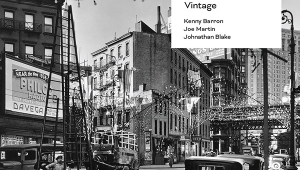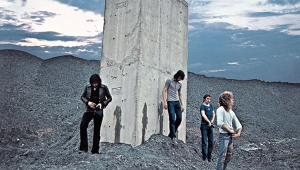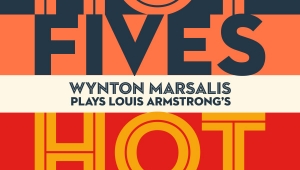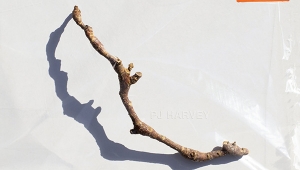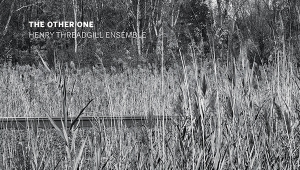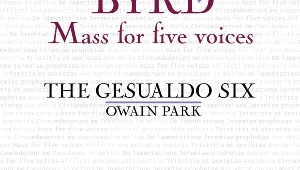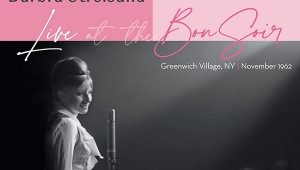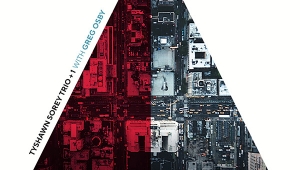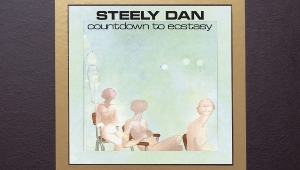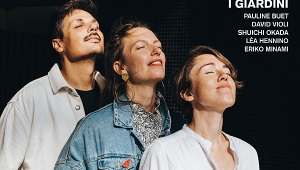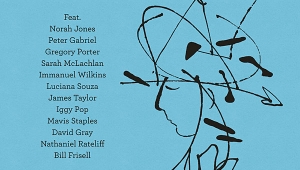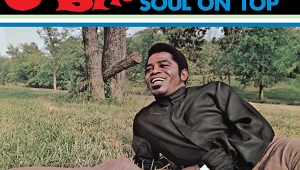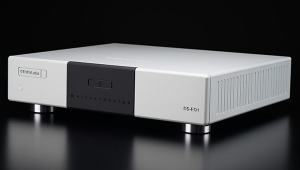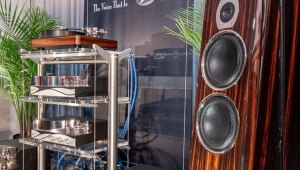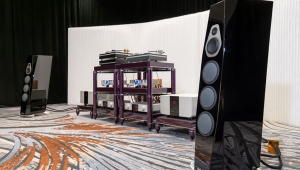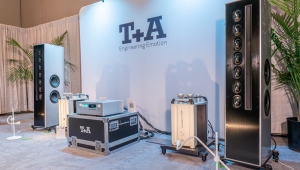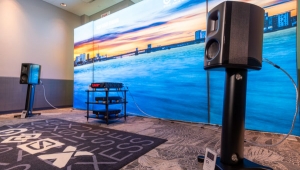| Columns Retired Columns & Blogs |
Recording of April 2024: Wagner: Famous Opera Scenes
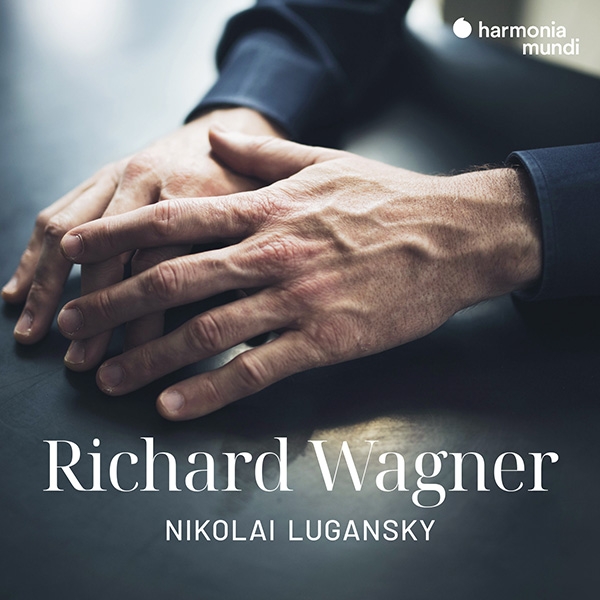
Wagner: Famous Opera Scenes
Nikolai Lugansky (piano)
Harmonia Mundi HMM 902393 (CD). Nicolas Bartholomée, prod.; Bartholomée, Ambroise Helmlinger, engs.
Performance ****
Sonics *****
Nikolai Lugansky (piano)
Harmonia Mundi HMM 902393 (CD). Nicolas Bartholomée, prod.; Bartholomée, Ambroise Helmlinger, engs.
Performance ****
Sonics *****
Concert arrangements of operatic themes for piano, like Liszt's famous concert paraphrases, obviously provide an opportunity to display one's virtuosic keyboard technique. As Denis Morrier's program note for Harmonia Mundi indicates, however, transcriptions of Wagner served a second important purpose: spreading awareness of the composer's operas when they only played in a limited number of venues. There was no Spotify or Idagio back then!
This labor of love from Nikolai Lugansky, straying from his customary blockbuster repertoire, is certainly welcome. He begins the program with two large-scale arrangements by 19th century Belgian pianist Louis Brassin. The "Entry of the Gods into Valhalla"—the only readily detachable scene from Das Rheingold—begins with lovely, liquid arpeggios under which Donner's call sounds in the midrange. A gradual, resonant expansion leads to the tossing of the Ring onto the gold pile; Lugansky can't simulate the famous thunderclap on piano, but the shape of the musical gesture gives the right idea. The ensuing procession of the gods, with its calm, rippling arpeggios, is a guarded affirmation, with the Rhinemaidens' offstage song—added by the pianist—injecting a briefly troubled note.
The "Magic Fire Music" from Die Walküre opens with imposing bass octaves, contrasting the answering high chords and chordal flourishes. Both these arrangements incorporate the sort of tremolos that are the bane of operatic rehearsal pianists everywhere; Brassin improves on them by combining them with arpeggios, at once offering fuller, more imaginative textures along with greater scope for virtuosic execution.
The Parsifal excerpt hitches the "Transformation Music," based on a score by Wagner's contemporary, conductor Felix Mottl, to the opera's finale as transcribed by Hungarian pianist Zoltán Kocsis. Save for a few scales, this arrangement goes easy on the flourishes. Gently pulsing chords at the start compensate somewhat for the piano's lack of true sustaining power (relative to an orchestra), and there's a nice diminuendo and hush in the repeated chorales later on. We finally get to hear one of Liszt's own arrangements, the "Liebestod" from Tristan; it's pretty straightforward in many particulars, including the use of back-and-forth tremolos to simulate the strings, but Lugansky makes them work, correctly subordinating them into the fabric, and uses the piano's comparative flexibility to accommodate sensitive rubatos, particularly in the phrases with the little melodic turns.
Lugansky's own transcriptions of four episodes from Götterdämmerung constitute the program's centerpiece, and, while I appreciate his obeisance to the tradition, I'm not entirely convinced. He devised these arrangements some 20 years ago, and although he tweaked them for this outing, he seems to have lacked the gestural vocabulary or, perhaps, the sheer imagination to emulate his forebears' style. Sometimes, the basic piano-vocal score seems to be stuck in his head—as it may have been for Liszt in the "Liebestod"—but it's somewhat beside the point here. The bare single line that begins "Zu neuen Taten," the love duet, firmly intoned, suggests a cleaner, less-busy musical setting; the runs are virtuosic as ever, but the phrasing is less rhetorical, and the peak moments feel reined in. The "Rhine Journey," launched attacca, is better: Lugansky captures the gently chugging pulse at the start and maintains a steady line through the runs, with a nice fade at the broad, soaring fanfare.
The soloist darkly tints the opening "Muss es sein?" motif of the "Funeral March"; the piano can't quite evoke the lonely trumpet call, but the "Rainbow Bridge" statement is grand, and Lugansky colors the unstable progressions affectingly. He infuses the six-minute clip of the "Immolation Scene" with an impulsiveness not possible with orchestra, and, while he does use some of the baleful tremolos, he at least sensibly subdues them within the sonority. But the scales, while clean, lack the firm tonal weight heard elsewhere, and the final pages, settling into repose, turn oddly sparse and static.
Despite my reservations about individual moments, I found Lugansky's playing alert, stylish, and assured throughout, with an expansive resonance in the bass octaves. Save in the hard-toned first statement of the "Magic Fire" theme, the upper range is crystalline, with clear, liquid runs and luminous arpeggios.
Such unpianistic matters as dotted-triplet fanfares are crisply articulate, as if he does this every day (and he probably does!). And Lugansky—unlike Glenn Gould in his 1970s Meistersinger Prelude—doesn't have to resort to an overdub. (Gould's use of an overdub there is not a secret; both he and CBS admitted as much.)
Production and engineering is by Nicolas Bartholomée, Lugansky's usual producer and engineer, with an engineering assist from Ambroise Helmlinger, a young Frenchman. Bartholomée earned a 2005 Grammy nomination for Best Opera Recording for Vivaldi's Bajazet, with Fabio Biondi and Europa Galante. Helmlinger's engineering credits (almost all from the last four years) include opera and solo piano among other classical subgenres.
Here, the engineering is vivid, bringing the piano up close and personal while still sounding like a concert grand and avoiding overbearing bass.—Stephen Francis Vasta
- Log in or register to post comments


